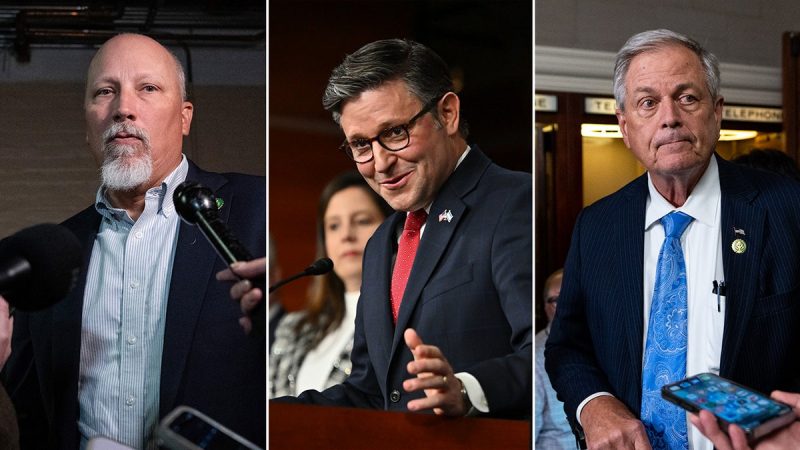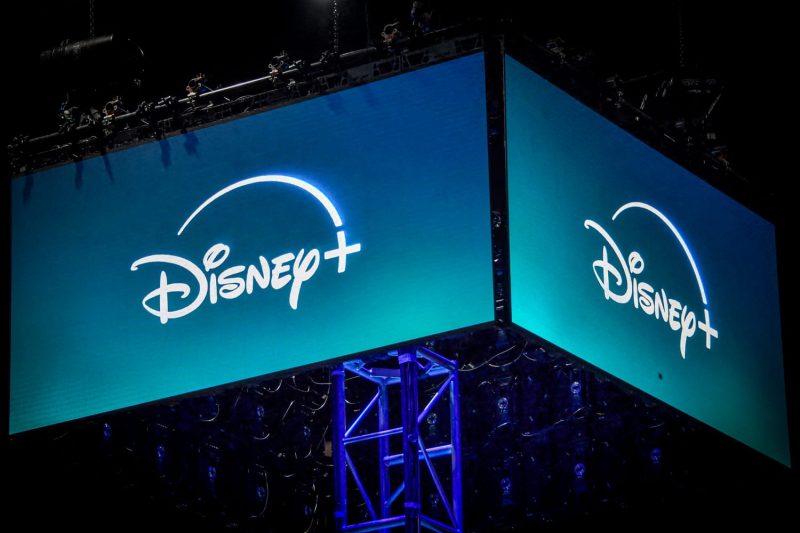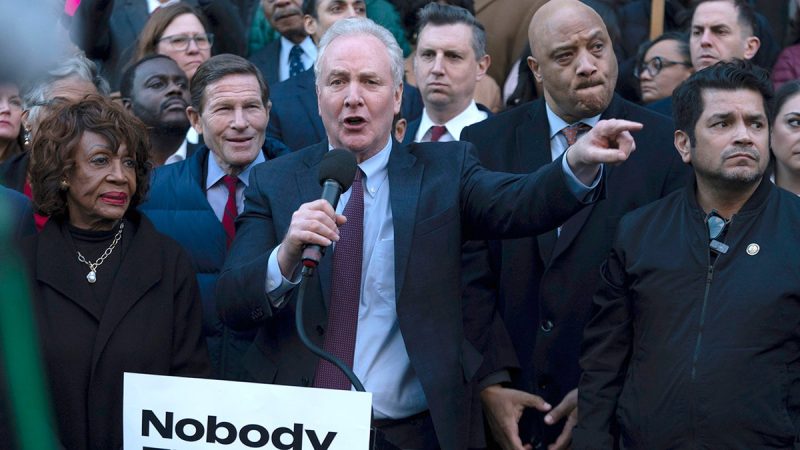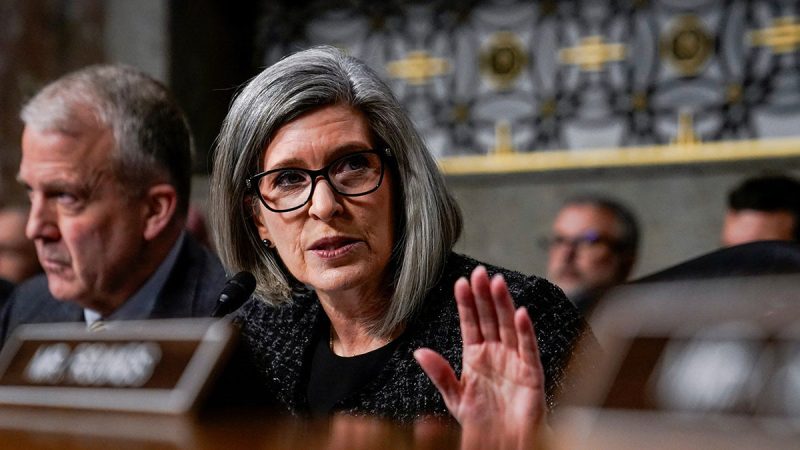
Republican spending hawks in the House of Representatives are pushing their leaders to include at least $2.5 trillion in spending cuts in a massive piece of legislation intended to advance President Donald Trump’s agenda.
Republicans held their weekly closed-door agenda meeting on Wednesday where they discussed a path forward via the budget reconciliation process.
By lowering the threshold in the Senate from two-thirds to a simple majority – which the House already operates under – reconciliation allows the party in power to pass sweeping fiscal policy changes while skirting the opposition.
Several sources told Fox News Digital there was significant ‘frustration’ within the House GOP conference on Wednesday over a lack of a concrete final plan from Republican leadership.
One GOP lawmaker said that tension bubbled up with several ‘heated exchanges,’ with conservatives demanding a concrete plan and minimum spending cuts at significantly higher levels than what was initially proposed.
‘I think there’s a lot of frustration right now,’ the lawmaker told Fox News Digital. ‘They’ve been trying to be inclusive, but not every open forum they’ve offered is giving members the ability to say, ‘I feel like people are listening to me,’ because I don’t know that’s the case right now.’
There’s also concern that the Senate, which is growing impatient with the House, could move forward with its own plan if the House doesn’t release one first – which House Republicans worry will include much shallower spending cuts than what could pass in the lower chamber.
‘What we’re worried about is losing the opportunity. I think we’re more likely to cut than they are,’ a second GOP lawmaker said.
Senate Budget Committee Chairman Lindsey Graham R-S.C., announced plans to move forward with the upper chamber’s own bill on Wednesday afternoon. He now plans to advance a measure through his committee next week.
A third House Republican said GOP lawmakers were fed up waiting for a ‘play call.’
But senior House GOP aides pushed back on the notion there was no play call, pointing out that Republican leaders held countless listening sessions culminating at the recent three-day House GOP retreat in Miami to consult members and emerge with a blueprint for a one-bill strategy that maintains scoring flexibility. The aides said the reconciliation process has had a 95% participation rate among House Republicans.
House GOP leaders were forced to delay a key vote on advancing a reconciliation bill through the House Budget Committee, the first step in the process, after spending hawks pushed back on initial proposals for spending cuts between $300 billion and $600 billion.
House Majority Leader Steve Scalise, R-La., said on Tuesday night that it would likely be planned for next week, but that leaders’ final goal of having a bill on Trump’s desk in May remained unimpeded.
Three sources told Fox News Digital that leaders are floating a plan that would include roughly $1.65 trillion as a baseline for spending cuts, though two people stressed they saw the figure as one of several tentative ideas rather than a final plan.
Two other sources said it would also include measures that lead to an additional $1.65 trillion in economic growth.
Republicans are trying to pass a broad swath of Trump policies via reconciliation, from more funding for border security to eliminating taxes on tips and overtime wages. Trump has also made clear that he views extending his Tax Cuts and Jobs Act (TCJA) of 2017 as vital to the process.
The tax cuts have proved a sticking point with some spending hawks, however, because several estimates show they could add upwards of $1 trillion to the federal deficit over 10 years if extended. Those spending hawks have said they support extending the tax cuts but are seeking deep funding rollbacks elsewhere to offset them.
Three people involved in the discussions also told Fox News Digital that House GOP leaders are considering extending the TCJA tax cuts by five years instead of 10 to mitigate those concerns.
Reps. Chip Roy, R-Texas, and Ralph Norman, R-S.C., two conservative members of the House Budget Committee, both told reporters they wanted to see the baseline for spending cuts set at roughly $2.5 trillion.
Roy told reporters that $2.5 trillion would amount to roughly $250 billion per year in federal savings over 10 years – while pointing out the U.S. was currently running a $36 trillion national debt.
House GOP leaders vowed to seek $2.5 trillion in spending cuts back in December, to get conservatives on board with a bill averting a partial government shutdown.
‘They said $2.5 trillion of cuts. So, deliver. That will unlock the door,’ Roy said.
Norman told reporters multiple times this week that he wants between $2 trillion and $3 trillion in cuts.























